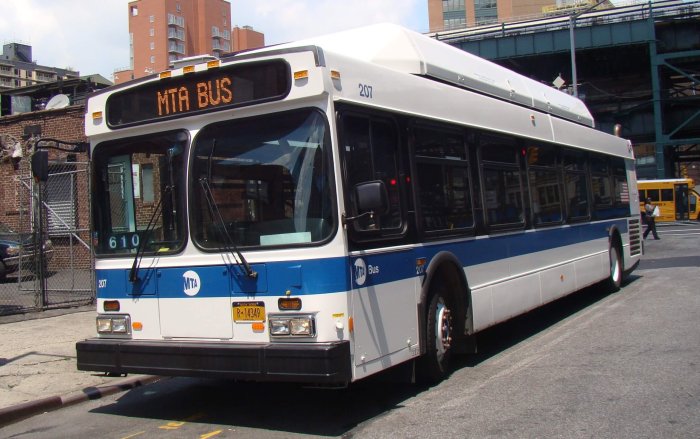By Michael Morton
“When we build the new building, then we feel good,” said Gurbhej Singh Sandhu, the chairman of the Sikh Cultural Society, which runs the temple on 95-30 118th St. Since the fire, there has been “no good place, too much loss,” he said.
A fire destroyed the temple, or gurdwara, after midnight on March 8, 2002, killing a 37-year-old male tourist from India and injuring seven others.
Fire officials said the blaze began accidentally when gas from a leak on a nearby street drifted into the temple's basement and was ignited by a pilot light.
Before the fire, Richmond Hill's Sikhs had been the targets of several bias attacks in the aftermath of Sept. 11 because members of their community dress in a way that reminded the uninformed of the Taliban, who supported al Qaeda leader Osama Bin Laden. Some temple-goers still believe the fire was started deliberately.
An “anti-community element” was responsible, said Sarabjit Singh, a member of the society and the director of United Sikhs of America, a local non-profit group. He added, however, that the congregation was not angry at those responsible but had been frustrated by delays in getting insurance money.
The goal now, Sarabjit Singh said with a small laugh, was to build “a better, stronger building so no one can burn it down.”
Because of the temple's importance, congregants have been eager for the new building, which will cost an estimated $14 million to $15 million, to open. But the society first had to haggle with the insurance company, then get the new temple designed and approved.
The actual construction should begin in several months, and the temple still seeks donations to supplement the insurance money.
The Sikh Cultural Society, founded in 1965, converted a former Methodist church into their gurdwara in 1972. The temple was the oldest on the East Coast and the religious center for Sikhs throughout the tri-state area. In Queens alone there are eight gurdwaras and more than 50,000 Sikhs.
After the fire, the society converted a neighboring two-story house into a temporary temple and added a concrete blockhouse, a structure that will be torn down when the new gurdwara is constructed.
The old 30,000-square-foot gurdwara will be replaced by a five-story, 85,000-square-foot temple based on designs of Sikh houses of worship in the Punjab region on the border of Pakistan and India.
The society chose April 14 for the groundbreaking because it marks the 305th anniversary of Baisakhi, the Sikh New Year Festival.
“We wanted to start it on an important day,” said a worshiper sporting a closely cropped gray beard and wearing a navy blue turban.
During the original Baisakhi, the tenth Sikh guru baptized five men – the “beloved ones” – as the first followers of the religion. During the groundbreaking, the ceremony was recreated as five Sikhs chosen by the temple priest and dressed in saffron robes took turns digging with a small shovel.
As the smell of curry wafted through the air, the priest led the congregation in prayer chants to mark the occasion. Many of the worshipers plodded around barefoot, and all wore heads carves as is required in Sikh temples.
With the outdoor ceremony complete, many of the faithful returned to the blockhouse to finish the daylong prayer, which began at 4:30 a.m.
After the fire, the temple was forced to suspend its classes on English, Sikh culture and assimilating into American society, as well as the cooking of meals, which the society gave to congregants and local homeless shelters for free. The society opened a temporary kitchen the day before the groundbreaking.
Regardless of how the fire began, many worshipers said the blaze was part of God's plan.
Said the man in the blue turban: “We believe in how the god wanted it – that's what happened.”
Reach reporter Michael Morton by e-mail at news@timesledger.com or by calling 718-229-0300, Ext. 154.


































